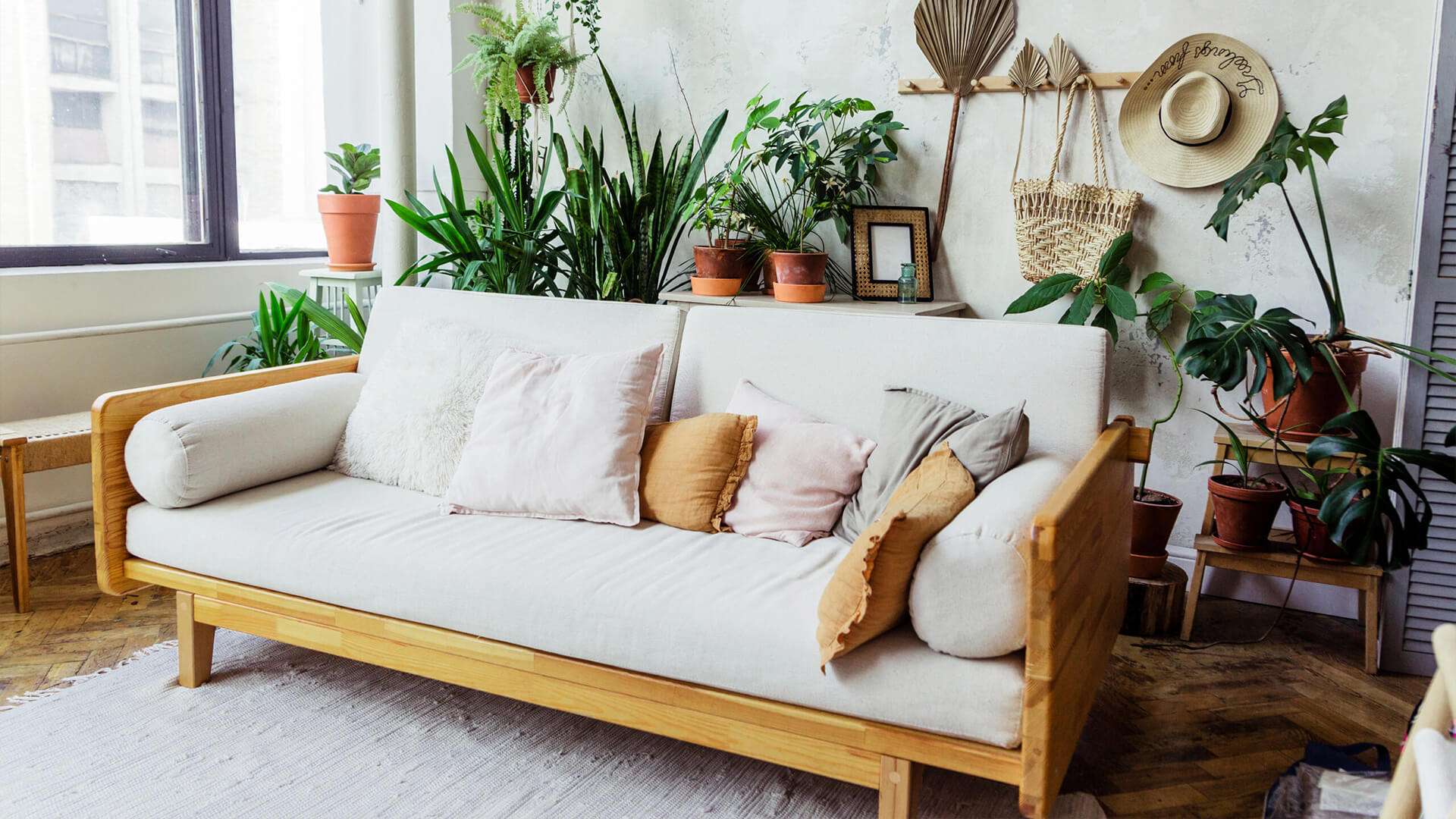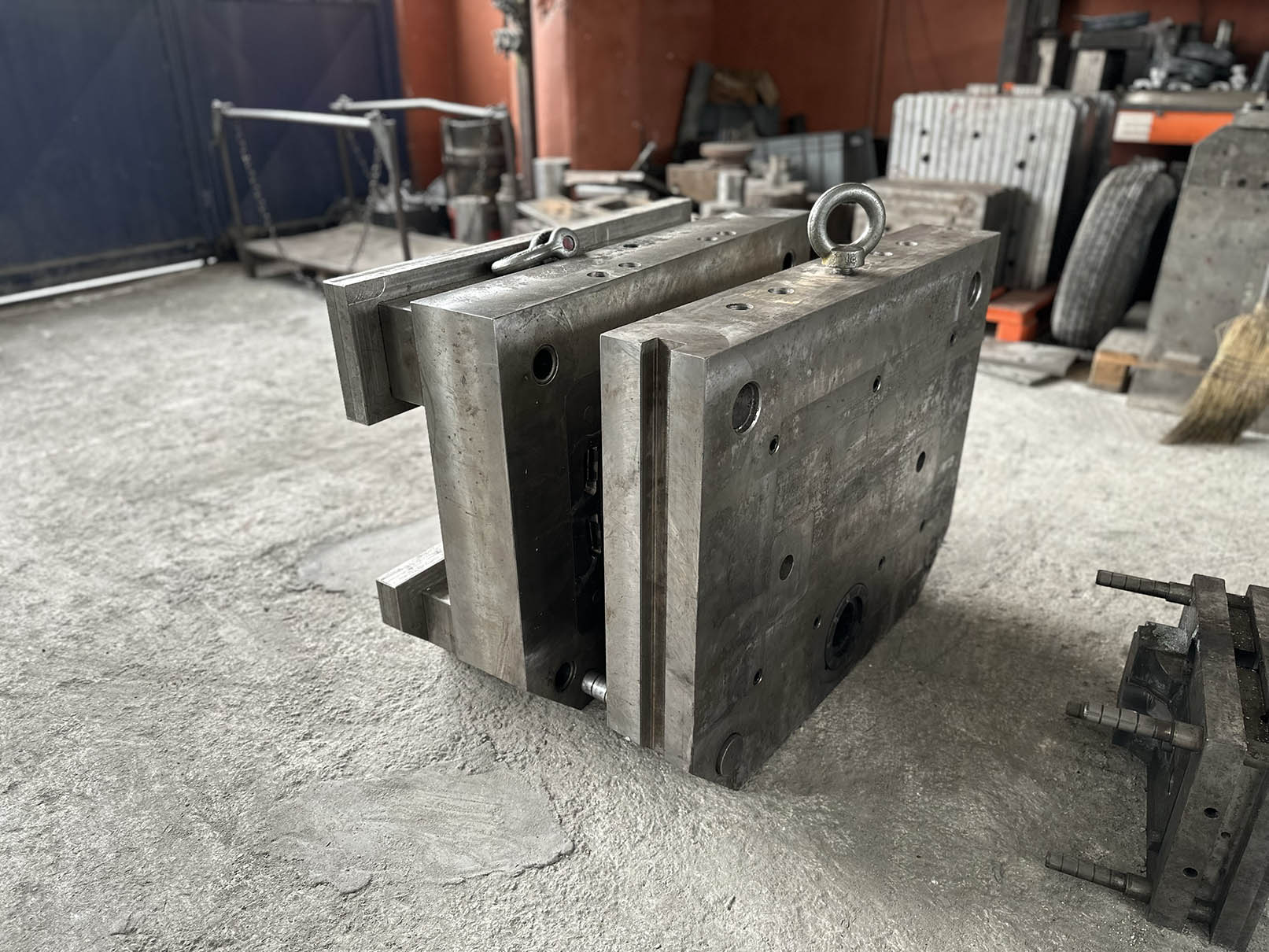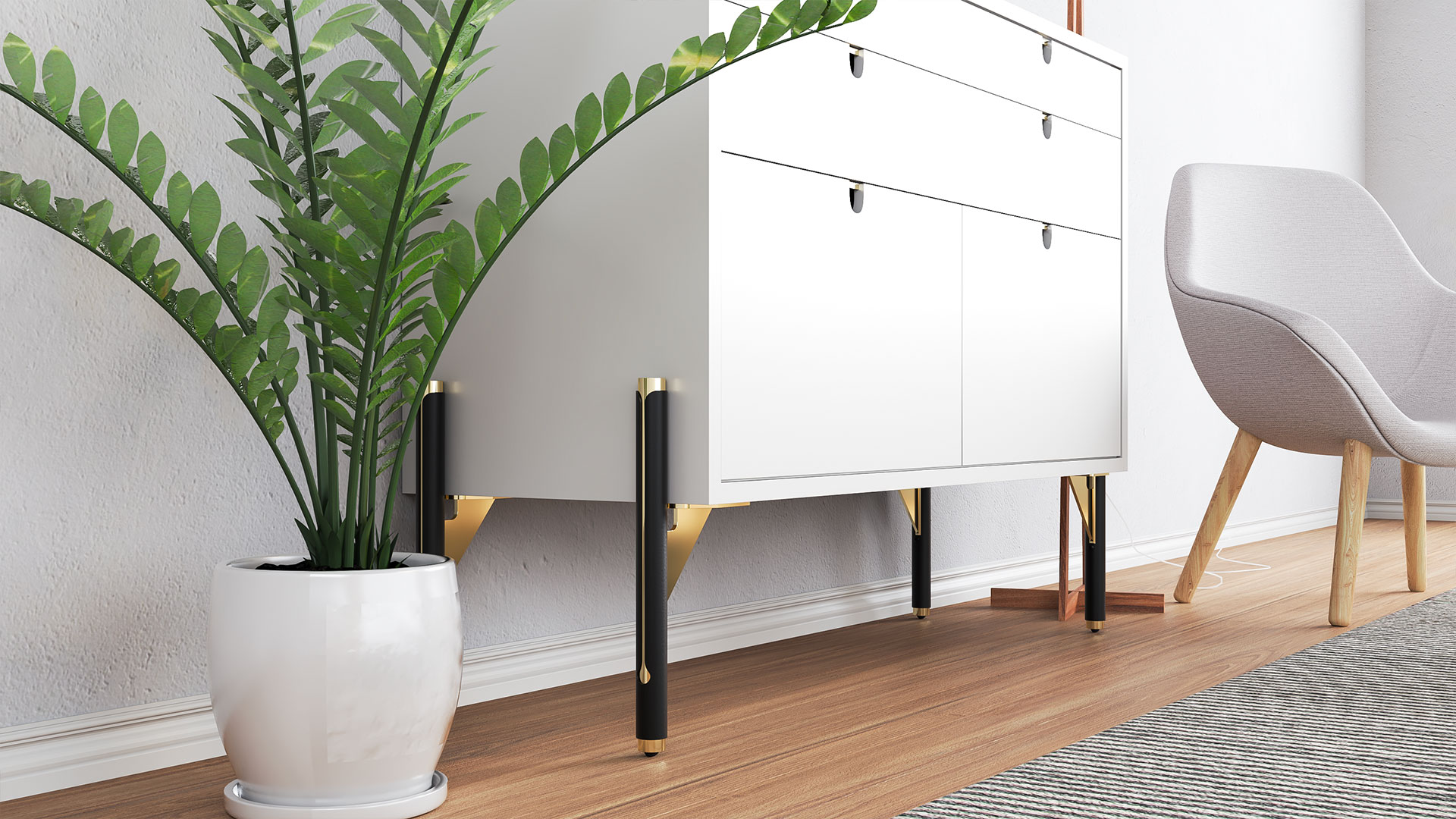In our quest for a greener future, sustainability has become a guiding principle in every aspect of our lives, including our furniture choices. Sustainable furniture combines style and functionality with environmentally friendly materials and production processes, allowing us to create beautiful living spaces while minimizing our impact on the environment. In this blog post, we’ll dive into the world of sustainable furniture and discover how it’s redefining style with eco-friendly designs.
- Materials: From Recycled to Renewable Sustainable furniture starts with the materials used to make it. Reclaimed wood salvaged from old buildings or furniture gives a second life to beautiful wood that would otherwise go to waste. Known for its rapid growth and renewability, bamboo is another popular choice due to its strength and durability. Other sustainable materials include cork harvested from the bark of cork oak trees without damaging the tree, and recycled metals that reduce the need to extract new resources.
- Forest Stewardship: Certified Wood When choosing wood furniture, look for products with Forest Stewardship Council (FSC) certification. FSC ensures that the wood used comes from forests that are responsibly managed, where trees are replanted, wildlife habitats are protected and the rights of local communities are respected. Choosing FSC certified furniture helps combat deforestation and promotes sustainable forestry practices.
- Non-Toxic and Low-VOC Finishes Traditional furniture finishes often contain harmful chemicals that negatively impact indoor air quality by off-gassing volatile organic compounds (VOCs). Sustainable furniture includes non-toxic finishes, such as water-based stains and natural oils, that are safer for both the environment and human health. These coatings minimize VOC emissions and create a healthier living environment for you and your family.
- Local Production and Fair Trade Choosing locally produced furniture reduces the carbon footprint associated with transportation. Supporting local artisans and manufacturers not only promotes sustainability but also supports local economies. Also consider looking for fair trade furniture that ensures that workers involved in the production process are paid fair wages and work in safe working conditions.
- Durability and Timeless Design One of the fundamental principles of sustainable furniture is longevity. Investing in well-crafted, durable pieces means they will last for years, reducing the need for frequent replacement. Look for timeless designs that can adapt to changing interior styles, ensuring your furniture remains relevant and valuable for years to come.
- Upcycling and Repurposing Embrace creativity and uniqueness by incorporating upcycled and repurposed furniture into your space. Upcycling involves transforming old or discarded items into new, functional pieces. Not only does it reduce waste, but it also adds character and individuality to your home. Consider giving new life to old furniture by reupholstery or renovation, or transform objects such as wooden pallets into innovative and sustainable furniture solutions.
- Circular Economy: Rental and Resale In the spirit of sustainability, the concept of a circular economy is gaining traction. Instead of throwing away furniture, explore options for renting or purchasing second-hand pieces. Renting furniture is a great solution for temporary needs; Buying pre-loved furniture extends its life and reduces waste. Online markets and consignment shops are excellent resources for finding quality second-hand furniture that suits your style and sustainability goals.
Sustainable furniture embodies the idea that style and responsibility can coexist harmoniously. By choosing furniture made from recycled and renewable materials, opting for non-toxic finishes, supporting local artisans, and embracing durability and upcycling, we can create beautiful spaces while minimizing our ecological footprint.





